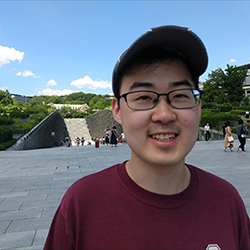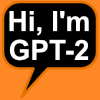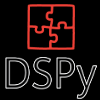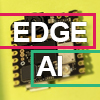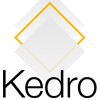
GPT-2 was introduced in 2019 and primarily built within the TensorFlow framework. Let's take a look at how we can reproduce GPT-2 with PyTorch while following the methodology outlined in the accompanying GPT-2 research paper.

Optimizing language models is an important task as organizations integrate generative AI capabilities into their business processes. Relying on manual prompt engineering introduces risk, biases, and other problems. Continue reading to learn how to mitigate these risks with DSPy.

Understanding our world often requires interpreting stimuli from multiple sources including through vision or text. LLaVA accomplishes this by combining a vision encoder with a large language model. Continue reading to learn how to leverage multimodal AI with Databricks and LLaVA! 🌋

For many AI-powered use cases, object detection emerges as a critical capability. Examples include driving cars, performing surgery, or identifying product defects. Continue reading to learn how to leverage Databricks and YOLOv8 to detect objects! 🤖

